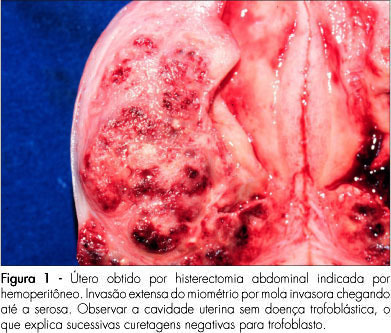Revista Brasileira de Ginecologia e Obstetrícia. 2009;31(2):94-101

The hydatiform mole is a relatively rare pregnancy complication, but with potential to evolve to forms which need systemic treatment and can be a threat to life. There are two histopathological and clinical entities under the name of hydatiform mole: the partial and the complete mole. The differences between the two forms are important due to risk of evolution to persistent forms, which is higher for the complete moles. The diagnosis, treatment and follow-up of hydatiform mole have been under important changes in the last years. The number of asymptomatic patients has increased, due to the use of ultrasonography at the onset of pregnancy. The use of medication that induces uterine contractions must be avoided, and vacuum aspiration should be used. Soon after emptying the mole, a hormonal contraceptive method should be prescribed. Follow-up should be based on weekly serial dosages of chorionic gonadotropin. It is important that the method employed detects all the forms of chorionic gonadotropins (intact molecule, with hyper glycol, free β subunit, and central fragment β subunit).
Search
Search in:


Comments